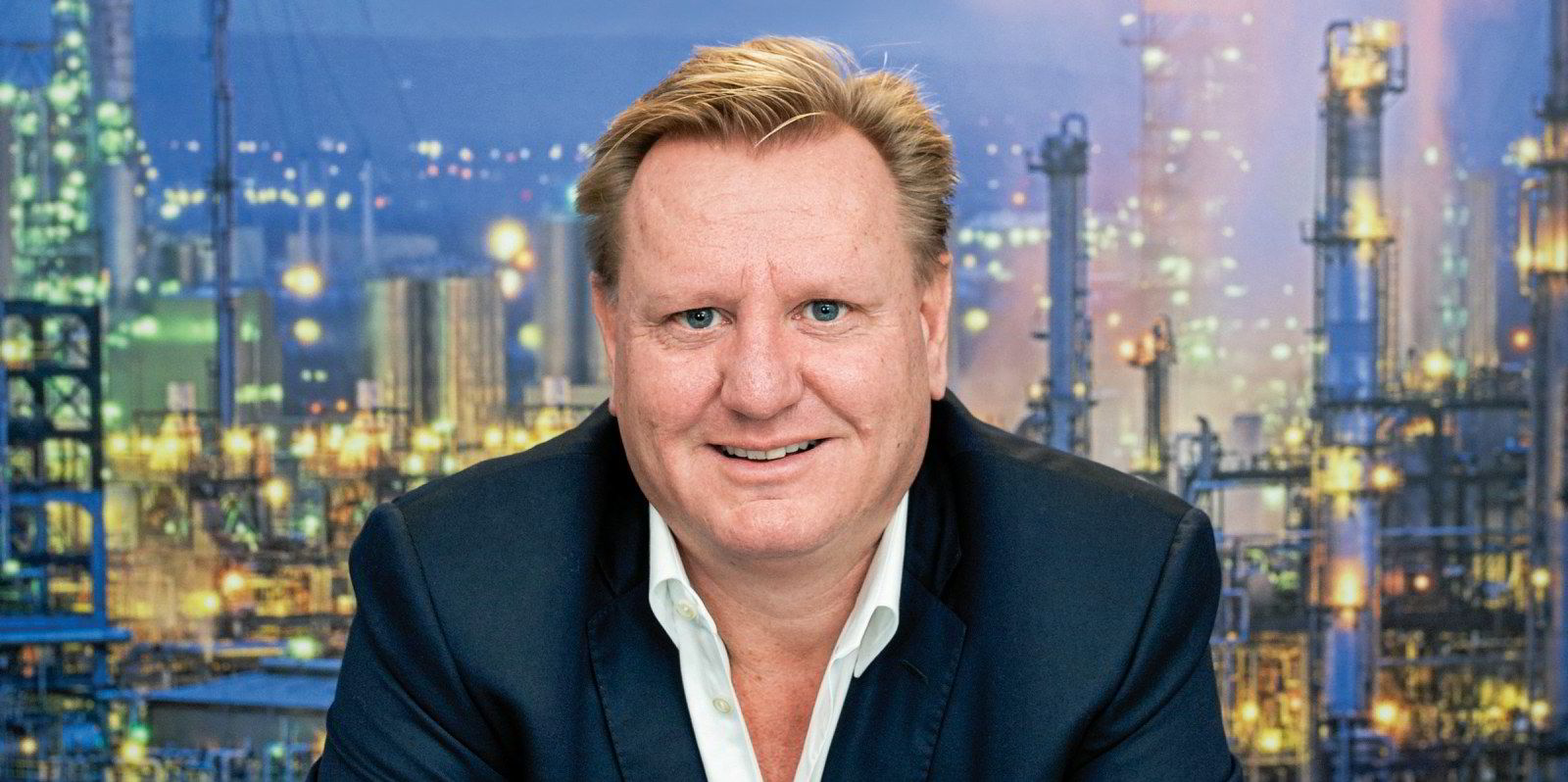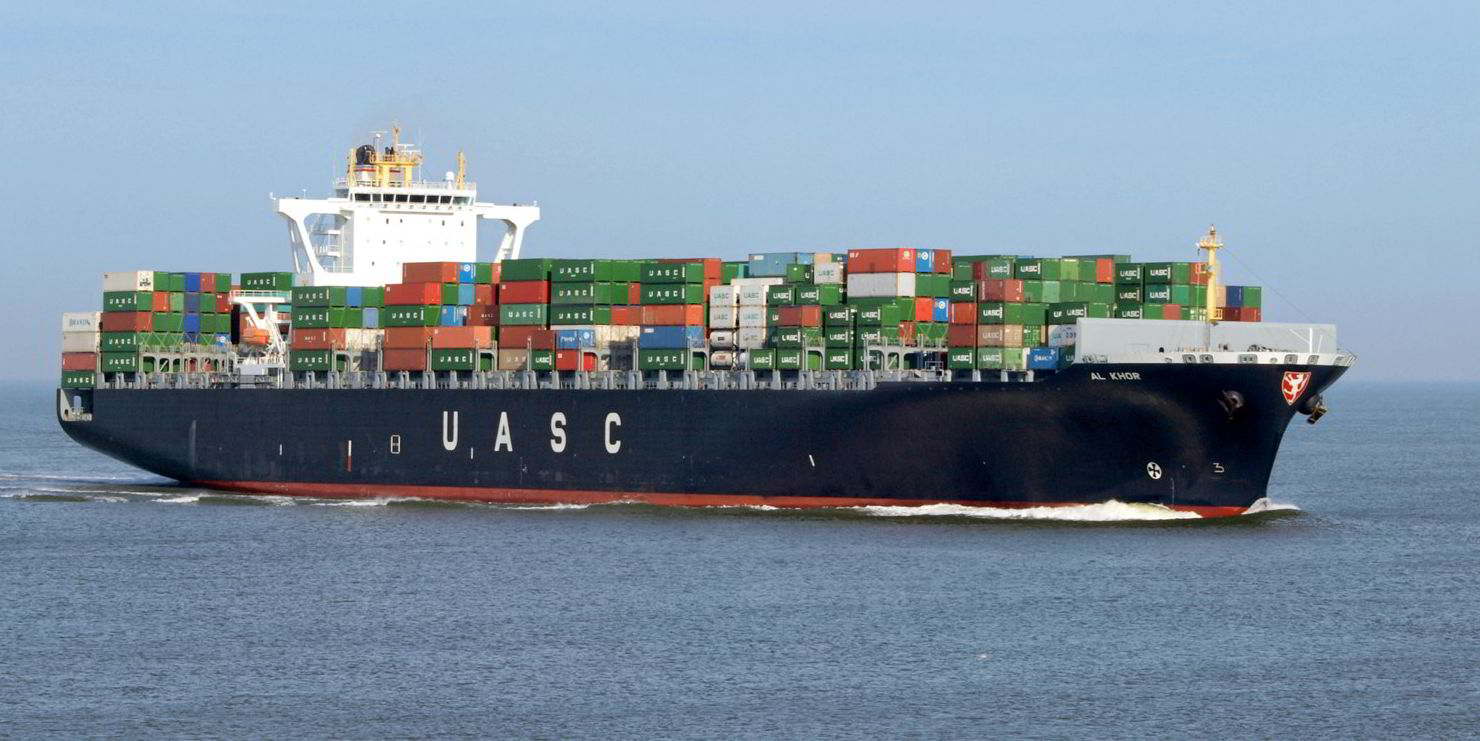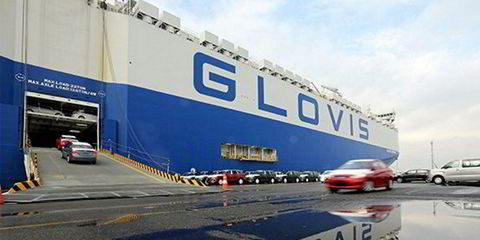Secondhand ship sales hit $23.3bn in the first half of 2021, increasing by 94% compared with the pandemic-hit market of last year, according to figures from VesselsValue.
The dry bulk market has been the most active the six-month period with sale-and-purchase activity picking up 225% in the sector.
There were 603 bulker sales amounting to $9.7bn in the year to the end of June 2021, compared with 186 sales of just over $2bn in the same period last year.
The sector’s biggest seller this year has been Monaco-based Eneti, the company formerly known as Scorpio Bulkers, which has sold 19 panamax and ultramax bulkers. John Fredriksen's Cyprus-registered Seatankers Management was also a major seller, disposing of 18 vessels.
The panamax sector has been the most active in terms of sales, with 147 vessels changing hands valued at $2.6bn in total.
VesselsValue said the recovery in the dry bulk market is the main reason for the dramatic pick up in activity.
“The increase in S&P is due to a firming in earnings across the bulker sector, particularly for panamaxes, supramaxes and handysizes where earnings are now at 10-year highs,” VesselsValue head cargo analyst Olivia Watkins said.
Far East normalisation
“A backlog in pent-up demand has caused world trade to explode in the bulker sector.”
A normalisation of the Far East bulker trades is helping fuel S&P activity.
“Increased demand across the grains and soybean trades as Chinese markets have fully reopened, along with bauxite and aluminium demand as construction in China is boosted by stimulus packages,” Watkins explained.
The recovery in the S&P market has also been evidenced by a dramatic increase in asset values right across the dry bulk sector.

Soaring values
The value of some panamaxes and supramaxes has increased by 60% since the beginning of this year.
“A 10-year-old, 80,000-dwt panamax was worth $13.7m in January, today the same vessel is worth $22m,” Watkins said.
In another example of soaring bulker prices, a 180,000-dwt capesize was worth just $18m in January compared with over $31m by the end of June.
Newbuilding price increases appear to be falling behind secondhand price increases. Newbuildings prices have picked up just 18% so far this year with the increase largely down to a recent hike in steel plate prices.
Spending on tankers has also increased dramatically from $4.5bn in 2020 to $6.6bn in 2021. The containership sector, another shipping market which is booming, has seen secondhand spending increase from $1.4bn last year to $4.8bn this year.
Greek owners have been the biggest buyers and sellers of secondhand tonnage in 2021. In the first six months of the year they splashed out $3.8bn on buying 221 vessels and sold 190 ships, earning $4.1bn.
Not far behind is China, which bought 206 vessels costing $20.9bn.
Japanese shipowners were the second-biggest sellers, disposing of 184 ships worth $1.4bn in the first half of this year.








